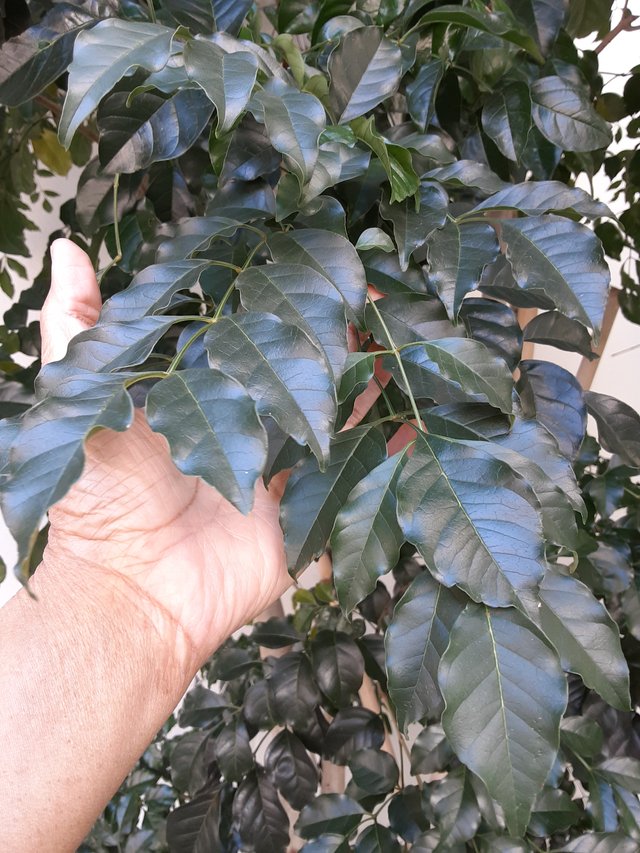
Fraxinus griffithii, also known as Griffith's ash or Taiwan ash, is a beautiful small tree native to Southeast Asia, particularly regions like Okinawa, Taiwan, India, and other parts of Southeast Asia.
Griffith's ash is known for its attractive foliage and is a popular choice for landscaping in warmer climates. Here's a detailed description of its leaves:
- Size and Shape: The leaves of Fraxinus griffithii are smaller than those of typical ash trees. They are pinnately compound, meaning the main leaf stalk (rachis) has several smaller leaflets attached on either side. The number of leaflets typically ranges from 5 to 11.
- Color and Texture: The individual leaflets are ovate to elliptic in shape, with the basal pair (leaflets closest to the stem) usually smaller than the others. The upper surface of the leaflets is a beautiful glossy green, while the underside can be either green or silvery depending on the variety. The leaves have a leathery texture.
- Arrangement: The leaves are arranged oppositely on the stem, meaning two leaves grow directly across from each other at each node.
Here are some additional interesting facts about the leaves of Fraxinus griffithii:
- Evergreen vs. Deciduous: In warmer climates, Griffith's ash is considered semi-evergreen, meaning it may retain some leaves throughout the winter. However, in cooler climates, it behaves more like a deciduous tree, losing its leaves during the colder months.
- Leaf Movement: The leaves of Griffith's ash can be wavy along the edges, adding to their visual appeal.
Overall, the leaves of Fraxinus griffithii contribute significantly to the ornamental value of the tree. Their glossy green or green and silver combination, along with the smaller size and leathery texture, create a unique and attractive foliage display.
Ref.:
 |  |
Upvoted! Thank you for supporting witness @jswit.
Downvoting a post can decrease pending rewards and make it less visible. Common reasons:
Submit